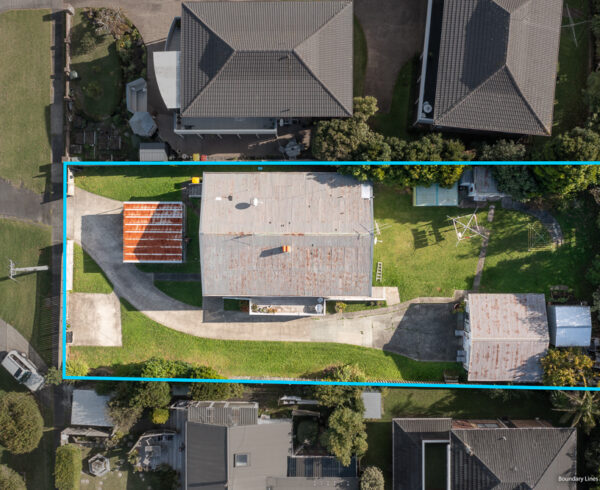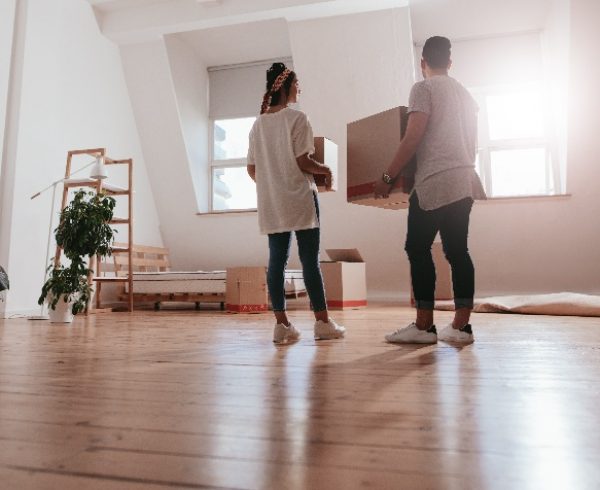Every build is different so you won’t find anyone who can give you an accurate ballpark figure (a contradiction in terms) and this page is definitely not it. The more accurate you want, the more work and detail you need to put in.
It’s so hard to create an accurate guide that Ministry of Business, Innovation and Employment – Building and Housing Group have removed their cost estimation guide from their website. There are tools, but the single most accurate way is to take a design to a Quantity Surveyor and pay them to cost your build.
As building activity increases, so too do material costs. Regulations change. Builders’ rates change as demand goes up. Countering that are modern construction techniques. Group home builders will generally be cheaper for one of their standard plans, but you can be quite restricted in the options you can choose. Architects are more expensive but the value of what you get back is immense and ongoing and usually worth it.
Average house build costs
Beware when you get quotes that you’re comparing the same things – often cheaper quotes will leave out items you have to put in later, or under-quote on items your contractor expects you to change later – and when you do you get charged for it!
Allow at least 10% for overruns, unforeseen costs or changes to the plan – you are likely to need it (and if you don’t need it then you can have a great housewarming party!).
If you can, when getting your job priced up be as specific about the materials and products to be used as possible. If at sketch design, you can attach a ‘List of Inclusions’ which will set out items to be used to a high level of detail, so the builders you get to quote can be quoting on the same things.
As your design progresses to detailed drawings and consent application stage the specifications will become more detailed, which means getting quotes from builders at this stage, or using a Quantity Surveyor to price your project, will give you a much more accurate price.
Points to remember:
- Find out the rough average square metre costs of building from your local builder, architect or quantity surveyor which will help you keep your project plans at a realistic level.
- As a very rough starting point, $1500 m2 is very cheap, $2-2500 m2 is more usual and then anything from $3000 m2 and up is more consistent with bespoke designed houses.
- If your wants are more than your means, there are things you can do to to save money:
- work out what you can do yourself and what you will have to pay a tradesman to do. Unless you are good at DIY, it can be cheaper to get an expert. Some work must by law be done by a qualified tradesman.
- reduce the size of your project – instead of a 200 m2 house, perhaps you can live with a 180 m2 project. You may be able to save on engineering costs, too, if building smaller.
- use cheaper materials – different cladding, window joinery, different flooring, fewer bathroom/kitchen tiles can all help bring down the cost.
- discuss with your designer and builder.
- Decide which features or changes are “must haves” and which can be dropped or deferred to stay within budget.
- Find out what your designer will charge. It is usually between six to 15 per cent of the total cost of the job, depending on its size and value and what services the designer provides.
- Talk to a local real estate agent to see what houses like yours sell for – there’s no point spending more money than you will make from selling later (unless you plan to stay there for the long term).
- Talk to a Quantity Surveyor. They will be able to give you an accurate estimate of your project and help you with strategies to stay within your budget.
Working out the estimated cost
- If you have the time and you’re that way inclined, you can get an idea of the cost of the different materials you think you’d like to use – the cladding, the roofing, the joinery, the fittings, appliances, etc…
- This is information you’re going to need eventually anyway, so now is an ideal time to do it. Otherwise you can just rely on your architect or builder to steer you in the right direction – but be aware that they’re not always right and the items they suggest may be wonderful but may not fit your budget.
- Talk to your architect/designer about what you’d like in the way of design and material and get their ballpark figures. Remember, it’s easy to change your mind at this stage – not when the roof is about to go on and you’ve just realised that by building this way you won’t be able to afford to finish!
- Decide what’s important to you to keep and what you’re willing to give away. And make sure you and your partner keep discussing these aspects and that all sides compromise.
- This is where a Quantity Surveyor can help you really nail down the costs. They will go through every aspect of the job and give accurate costings (though not necessarily exact, as specifications change during building).







Recent Comments